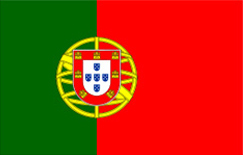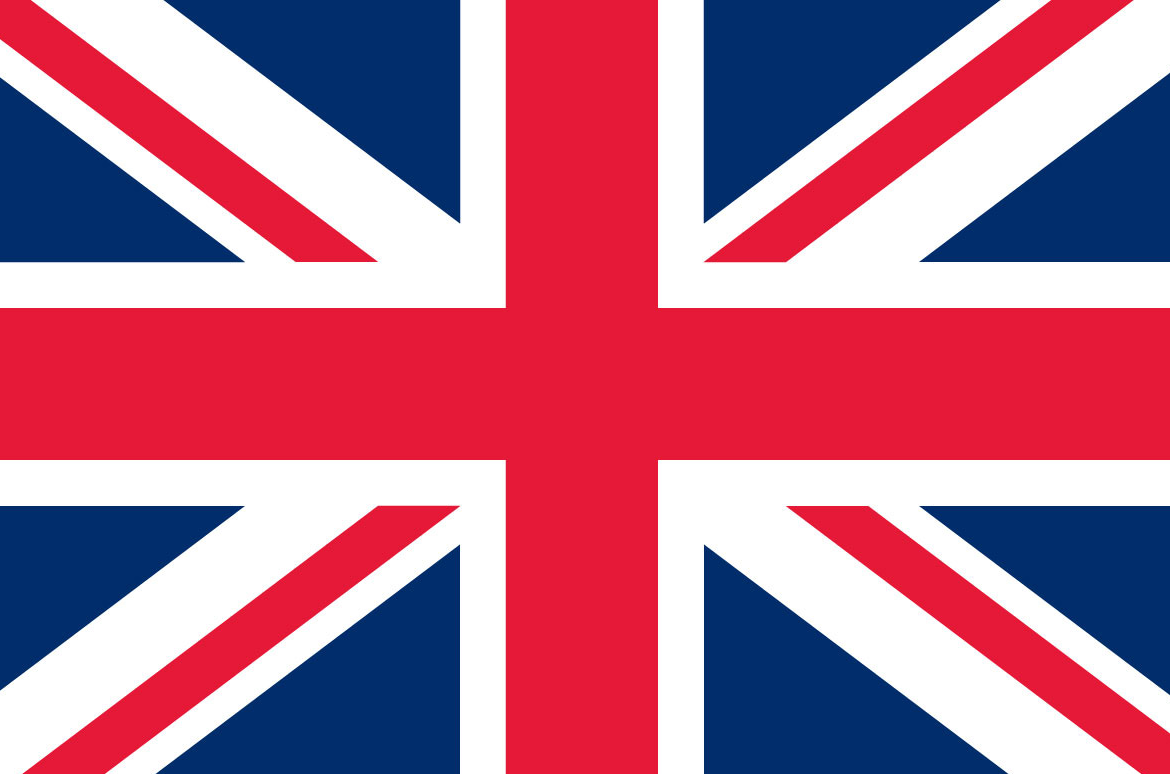STCW-F 95 - International Convention on Standards of Training, Certification and Watch keeping for Fishing Vessels
It shall apply to all personnel serving on board seagoing fishing vessels of 24 meters in length and over, entitled to fly the flag of a Party and to all personnel serving on board foreign-flagged fishing vessels of 24 meters in length and over, authorized to operate in the waters of a Party, under the principle of no more favourable treatment
STCW-F 95 - International Convention on Standards of Training, Certification and Watch keeping for Fishing Vessels
Breadcrumbs
The International Maritime Organization (IMO) adopted on 7 July of 1995, in the context of the International Conference on Standards of Training, Certification and Watch Keeping for Fishing Vessel Personnel, the International Convention on Standards of Training, Certification and Watch Keeping for Fishing Vessel Personnel (STCW-F 95 Convention).
The difficulty of developing standards with a global scope led initially to consider that the safety requirements applicable to the crew of fishing vessels was laid down in a Protocol annexed to the STCW Convention. This idea was set aside and a decision was taken to adopt a new separate Convention. Subsequently, and an attempt to improve the standards of training, certification and Watch Keeping for fishing vessel personnel, the following instruments were developed and adopted:
- Recomendações através de Resoluções da IMO
- Documento Guia para a Formação e Certificação do pessoal dos navios de pesca - documento elaborado conjuntamente pela IMO, a Organização das Nações Unidas para a Alimentação e a Agricultura (FAO), e a Organização Internacional do Trabalho (OIT) (publicado pela IMO em 2001)
- Código de segurança para os pescadores e navios de pesca (FAO/ILO/IMO;2005) e as Orientações voluntárias para o Desenho, Construção e Equipamento de pequenas embarcações de pesca (FAO/ILO/IMO,2005)
• Recommendations through IMO Resolutions;
• Guidance Document for the Training and Certification of Fishing Vessel Personnel - a document prepared together by the IMO, the Food and Agriculture Organization of the United Nations (FAO), and the International Labour Organization (ILO) (published by IMO in 2001);
- Security Code for fishing vessels and fishers (FAO/ILO/IMO, 2005) and the Voluntary Guidelines for the Design, Construction and Equipment of Small Fishing Vessels (FAO/ILO/IMO, 2005)
The STCW-F Convention entered into force on 29 September of 2012, 17 years after its adoption, reflecting the nature and characteristics of the fishing industry itself and the consequent difficulty in making global and uniform the mandatory standards for fishing vessels crews. The Parties of the Convention have to adopt and implement a set of measures aimed at full and complete compliance and to ensure that the personnel on board seagoing vessels, authorized to fly its flag, comply with a set of training and certification requirements, in short, they are duly qualified in accordance with the provisions of the Convention.
The STCW-F 95 Convention is an international instrument containing, for the first time, safety standards of uniform and mandatory application for fishing vessels crews of 24 meters in length or over. The risks and high hazard of fishing activities require properly trained, certified and sensitized personnel for matters related to safety and protection of the maritime environment. Portugal ratified the STCW-F Convention, and it entered into force, for the Portuguese Republic, on 23 April, 2017, Notice No. 28_2017.
![]() Scope
Scope
The STCW-F Convention shall apply to all personnel operating on board sea-going fishing vessels of 24 meters in length and over authorized to fly the flag of a Party and for all personnel operating on fishing vessels flying foreign flag of 24 meters in length or over authorized to operate in the waters of a Party, in accordance with the principle of no more favourable treatment.
The STCW-F Convention is divided into 15 Articles, an annex with technical rules consisting of 4 Chapters:
• Chapter I: General Provisions
• Chapter II: Certification for Skipper, Officers, Machine Officers and Radio Operators
• Chapter III: Basic Safety Training for all fishing vessel personnel
• Chapter IV: Watch keeping and three Appendices containing the models of certificates of competence and recognitions by authentication (recognition by endorsements)
What are the main implications of the entry into force of the STCW-F Convention?
• Development and implementation of the regulatory framework for training, certification and Watch Keeping standards for fishing vessel personnel after comparing with the current legal system;
• Creation of a system of issuing certificates and authentications by recognition;
• Creation of an evaluation system for access to certification; new training approach and revision of the curricular plans of the courses by the training entities;
• Review of the minimum safe manning for fishing vessels, in accordance with the certification rules of the Convention;
• Implementation of a port State control system for fishing vessels.
The STCW-F Convention stipulates in Chapter II (Rules and Appendices to the Rules) the minimum certification and training requirements applicable to personnel of sea fishing vessels of 24 meters in length and over and of propulsion power equal to or greater than 750kW, operating in restricted and unrestricted waters, namely:
• Rule 1 and Appendix - Certification for Skippers of fishing vessels of 24 meters in length and over operating in unrestricted waters;
• Rule 2 and Appendix - Certification for Officers in charge of a navigational watch on ships of 24 meters in length or over operating in unrestricted waters;
• Rule 3 and Appendix - Certification for Skippers of fishing vessels of 24 meters in length and over operating in restricted waters;
• Rule 4 and Appendix - Certification for Officers in charge of a navigational watch on ships of 24 meters in length or over operating in restricted waters;
• Rule 5 and Appendix - Certification for Chief engineer and Second Officers on fishing vessels of propulsion power of 750 kW or over;
• Rule 6 and Appendix - Certification for radio operators in GMDSS;
• Rules 7 and 8 - Minimum requirements for maintenance of skills and qualifications (Skippers, Officers, Chiefs Engineers and Radio Operators in GMDSS;
The obligation of basic safety training for all fishing vessel personnel is laid down in Chapter III and leaves it to the discretion of the Administrations (Party or State whose flag the fishing vessel is entitled to fly) to extend its application to small vessels fishing.
Pursuant to Rule 7 of Chapter I, when the Administrations recognize by certification a certificate issued by another Party shall ensure that the respective requirements for the issuance of certification of competence comply with the provisions of the Convention



